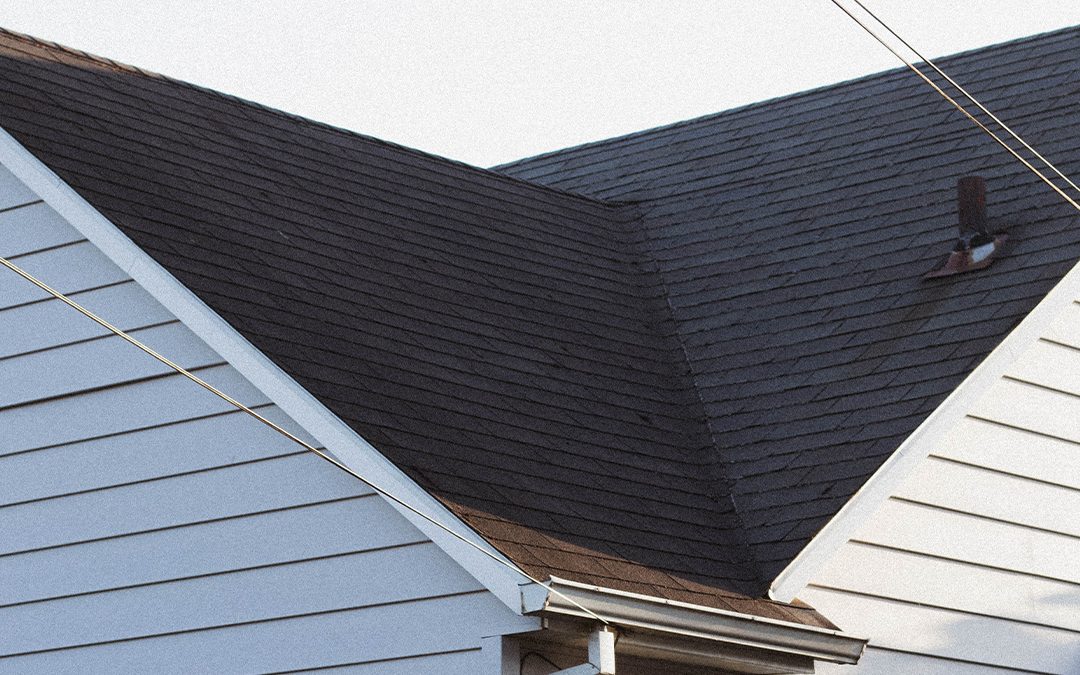How Long Does A Roof Last?
In a perfect world, the lifespan of a roof is around 30 years. In Oklahoma, not so much. If you don’t like the weather, wait five minutes right? If you are wondering how long you can expect to get our of yours well, that can be complicated. And the simple answer is, it depends. But let’s not get ahead of ourselves and replace your roof just yet.
I Saw the Sign…
There are a few things we can look at to see if you need a new roof, or if you simply need repairs. These are the signs of roof damage and whether or not you need a new one.
-
Valleys – No not the kind, between mountains. Valleys are the areas where points meet. This is also where rain water likes to collect as it flows off of your roof. Shingle granules wear the quickest here as they wash away in storms.
-
Gutters – If you have gutters on your home, look for them to be full of granules. This is a good sign that your shingles have exceeded their lifespan. Keep an eye on your hangars as well. With age, the edges can start to sag and create damaging weight that pull them off.
-
Missing or flipped shingles – High speed winds are detrimental to shingles. Flipping and folding them over and in some cases, completely blowing them away. This will lead to leaks in your roofs decking.
-
Interior Leaks – Have you noticed water in places it shouldn’t be? Did you notice a new stain on the ceiling? This means that water is getting through and causing damage to your homes interior structure. This is an emergency. Do not wait any longer to call us if this is happening.
If you are seeing any of these things around your home, it is time for a new roof. Roof Co roofers are standing by to give you a quote and help you get the process started on a new roof. Call us today.

